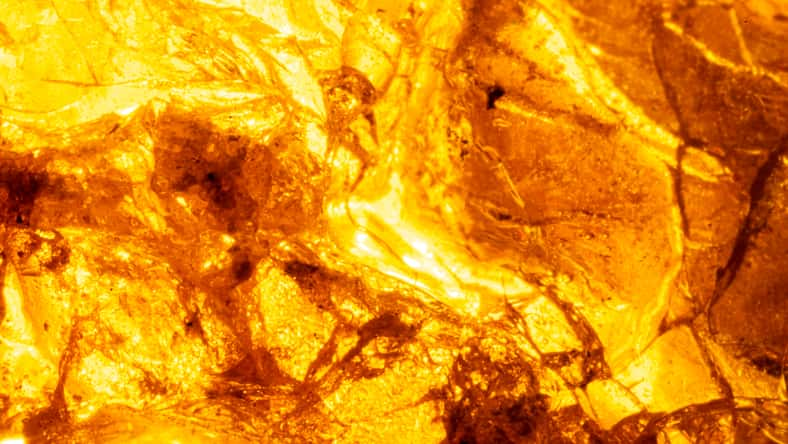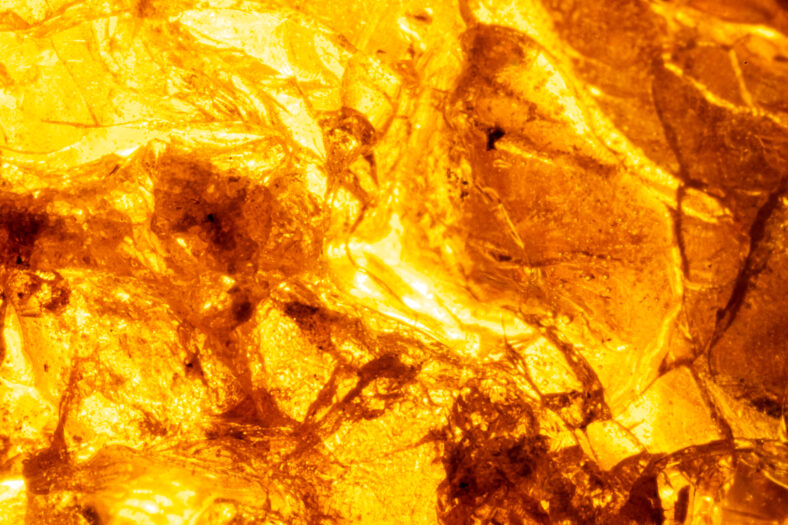Tiny Chunks Of Amber Dating Back To The Dinosaurs Have Revealed Evidence Of An Ancient Tsunami

Tiny chunks of tree amber dating back to the age of the dinosaurs have revealed evidence of an ancient tsunami in Japan.
The samples of amber are deformed in such a way that suggests trees and plant debris were swept out into the ocean and sank to the seafloor.
The tsunami, or possibly multiple tsunamis, occurred around 115 million years ago. Typically, scientists can estimate when past tsunamis happened using evidence like giant fossilized boulders or changes in sediment deposits near coastlines.
Amber, which is fossilized tree resin, can make its way into the ocean when a tsunami sweeps trees and plant debris out to sea, capturing a record of the severe storm.
In a new study, researchers analyzed silica deposits from the Shimonakagawa Quarry in northern Hokkaido, Japan.
The deposits were rich with amber and were carried there between 116 million and 114 million years ago during the Early Cretaceous period. At that time, the region was submerged in water.
The team used a technique called fluorescence imaging to photograph the amber samples while shining ultraviolet light onto them.
As they observed the amber’s structure, they noticed a pattern of flame-shaped tongues pointing upward between the sediment layers.
Amber deposits usually form other shapes when tree resin becomes exposed to air and dries out, quickly hardening within weeks.

Sign up for Chip Chick’s newsletter and get stories like this delivered to your inbox.
So, the flame structures must mean that the amber was rapidly swept from the land to the sea by one or more tsunamis before sinking to the seafloor.
Then, it would have been buried by a layer of silt for millions of years. It would not have been exposed to air at all.
“Identifying tsunamis is generally challenging,” said Aya Kubota, a co-author of the study and a paleontologist at Chuo University in Tokyo.
“By combining detailed field observations with the internal structures of amber, we were able to conclude that the most plausible cause was tsunamis.”
Other evidence in the area, such as signs of a nearby landslide likely caused by an earthquake, large chunks of mud torn up from the seafloor, and large tree trunks that were once on the seafloor. Extreme waves would not have affected the seafloor in this way.
The tree trunks also did not show any evidence of erosion, which suggested that a huge amount of plant debris must’ve been suddenly transported to the seafloor.
Overall, occurrences of tsunamis tend to be poorly preserved and lack unique identifying features, so they are hardly ever recognized in the geological record.
While the study of amber has focused on trapped insects, examining amber deposits can provide information that helps researchers tell the difference between prehistoric tsunamis and regular severe storms.
The details of the new study were published in the journal Scientific Reports.
More About:News





